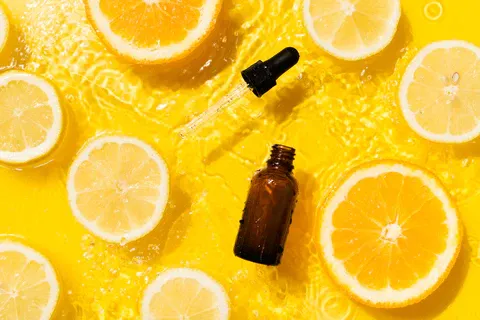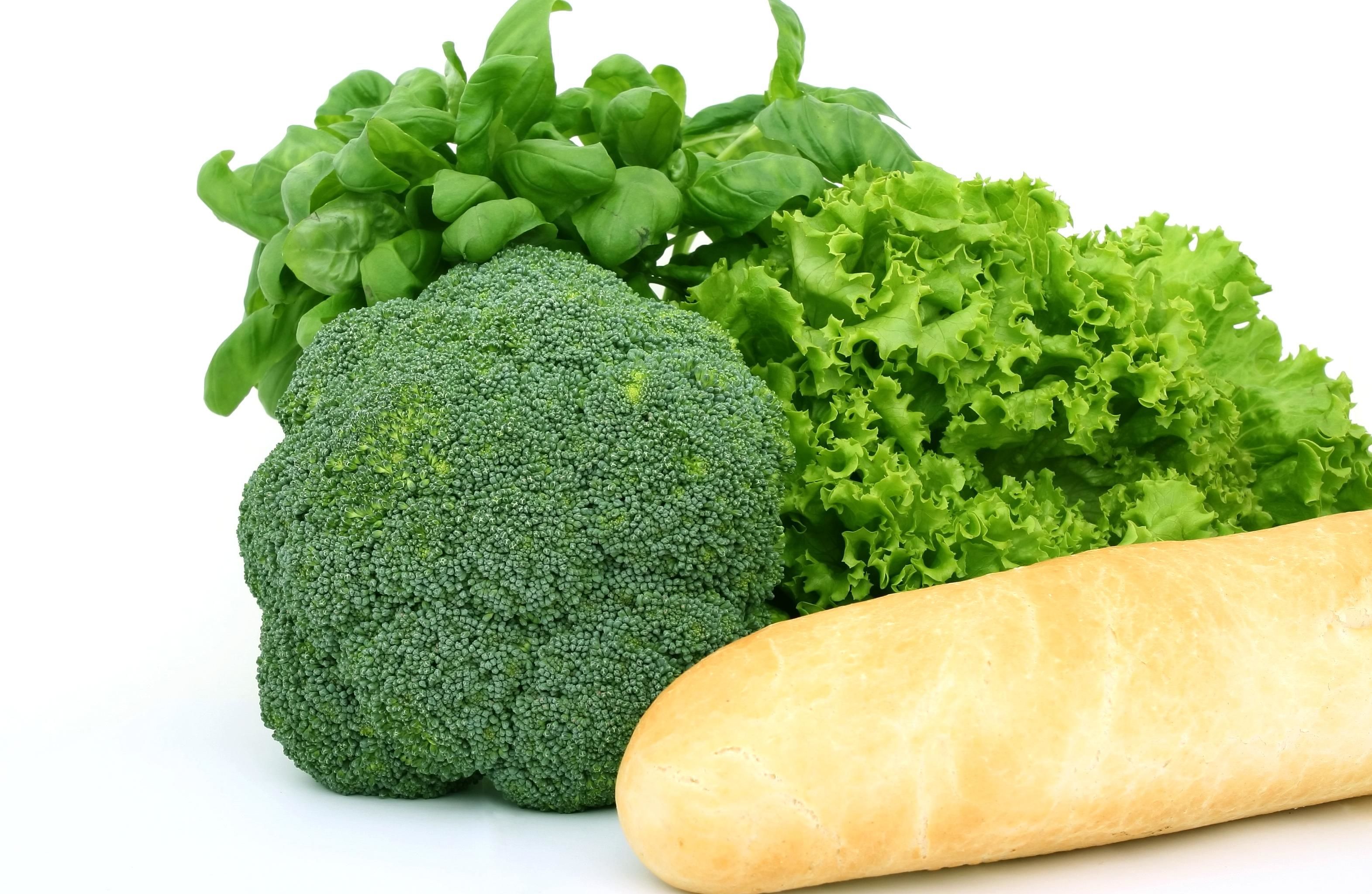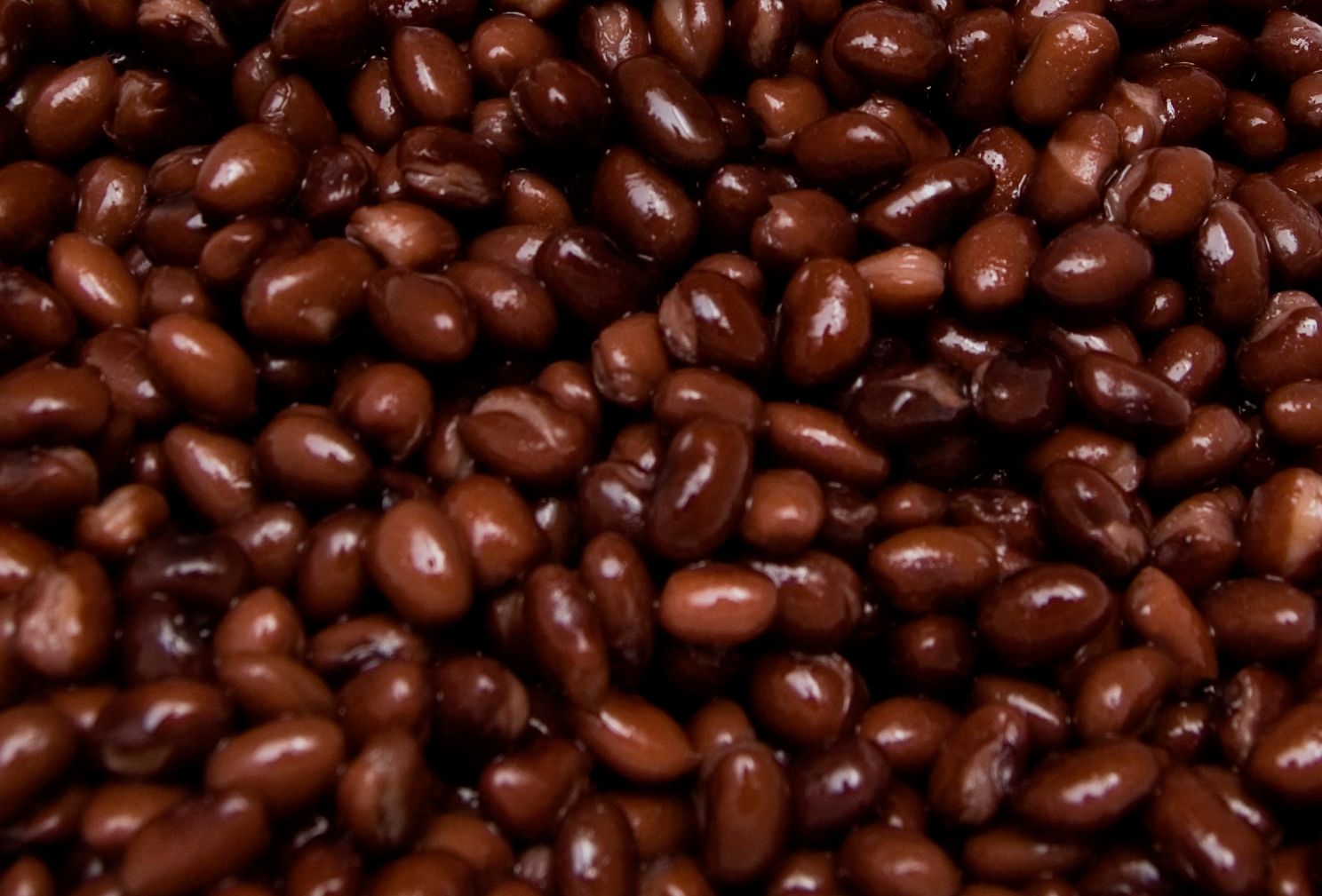
Your Guide to Eating a Rainbow: Chucking Fads for Phytonutrients
- May 6, 2024
Forget about the world of black, white, and fifty shades of beige that most diets introduce you to. It's about time you invite a splash of color onto your plate. No, we're not suggesting that you gulp down a bag of Skittles; we're pointing you towards the glory of naturally occurring colors in your food. And just before you exclaim, "But I've been eating green all my life!" remember-there's a spectrum of colors waiting for you to discover.
So, why are we asking you to paint the town red-and orange, blue, purple, and green? Well, it seems that these attractive hues are flaunting more than just their good looks. The fiesta of colors in your food-especially in fruits and vegetables-are shrieking braggarts of their nutrient content. Thanks, Harvard, for the intel! So if you've been wolfing down a monochrome plate or have been on the 'miracle green everything' bandwagon, it's time for a reality check.
Just like human beings, plants too have their unique defense mechanisms. Phytonutrients act as bodyguards for the plants, forming the first line of defense against the rowdy bunch of environmental threats. When we decide to munch on these plants, we are also signing up for their amazing benefits. Each color clique within the phytonutrient sorority signifies different nutrients and actions.
Keeping it colorful isn't just easy on the eyes-it could just save your life. By embracing the full spectrum in your diet, you may reduce risks of chronic diseases like heart disease and type 2 diabetes, and even slow down cognitive decline. Who knew eating like a toddler with a brand-new Crayola box could deliver big-time health benefits?
So, what's on the color wheel of nutritional wonders? Reds are rich in lycopene, a carotenoid pigment full of antioxidants. On the other hand, orange and yellow signify bountiful beta-carotene, which the body adoringly converts into vitamin A. Green means a cavalcade of compounds that may reduce the risk of various cancers. Lastly, blue and purple (along with deep reds and black pigments) hint at the presence of anthocyanins-antioxidant-rich compounds that could keep cellular aging and blood clots at bay.
And now that you know why you should transform your plate into a phenomenal color palette, it's time to learn how. Dabble your fork into something new, embrace rainbow-inspired dishes, and maximize the potential of fruits and veggies that are already part of your daily diet. Mix, blend, dice, or simply savor them in their natural glory. Change up your cooking techniques or dive into the world of dips. Don't forget about the power of the smoothie, and don't shy away from the brilliantly colored world of desserts and snacks. Lastly, store your colorful choices on a visible spot for a constant reminder to keep your diet vibrant.
Eating your way through this delicious rainbow might just reveal the pot of health and wellness gold at its end. So pull back the curtain on your monochrome diet and get ready to be dazzled by the vibrant bounty of Mother Nature's palette.






